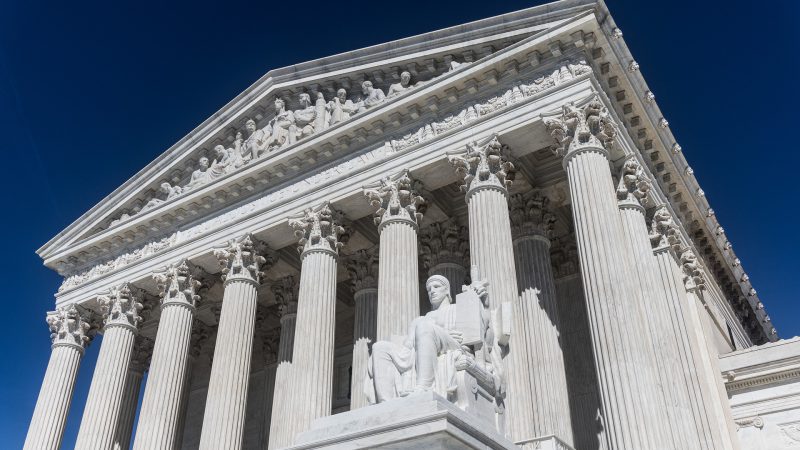Abortion: Judicial History and Legislative Response

Summary. In 1973, the U.S. Supreme Court concluded in Roe v. Wade that the U.S. Constitution protects a woman’s decision to terminate her pregnancy. In Doe v. Bolton, a companion decision, the Court found that a state may not unduly burden the exercise of that fundamental right with regulations that prohibit or substantially limit access to the means of effectuating the decision to have an abortion. Rather than settle the issue, the Court’s rulings since Roe and Doe have continued to generate debate and have precipitated a variety of governmental actions at the national, state, and local levels designed either to nullify the rulings or limit their effect. These governmental regulations have, in turn, spawned further litigation in which resulting judicial refinements in the law have been no more successful in dampening the controversy.
In recent years, the rights enumerated in Roe have been redefined by decisions such as Webster v. Reproductive Health Services, which gave greate
